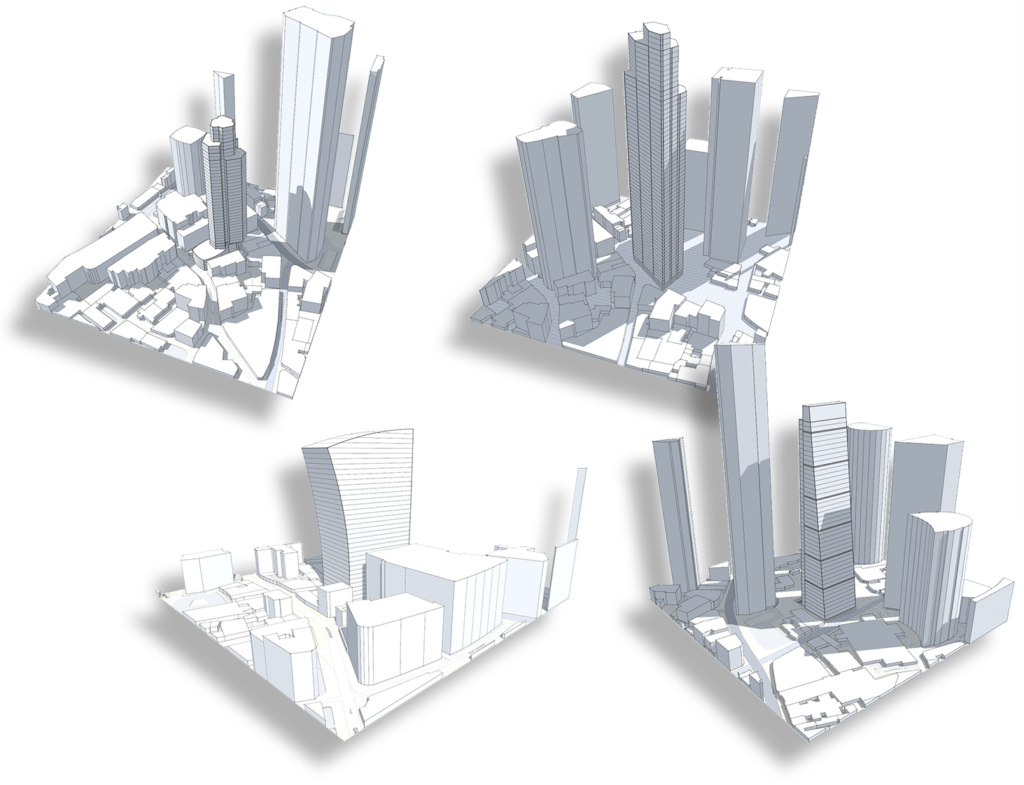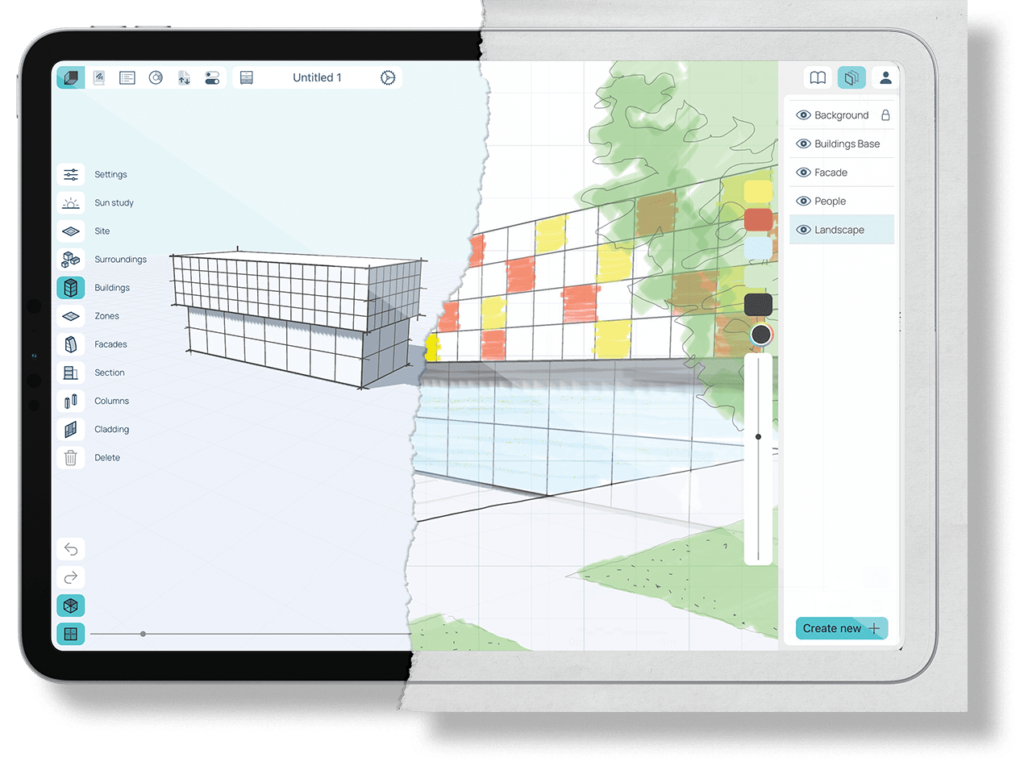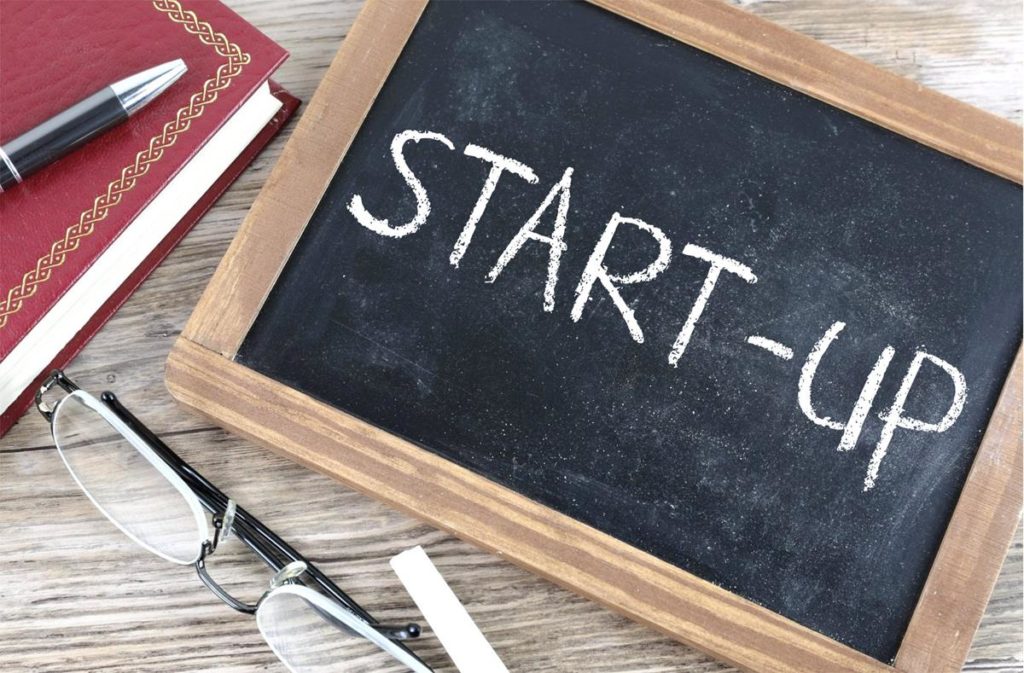However, this time instead of joining a well established and profitable business we’re starting from zero.
A brief look back
I wrote the above at the end of my 2020 review and posted it to a number of different channels.
I got great feedback and many suggested that we weren’t actually starting from zero as with over 20 years in business we all have experience and an extensive network of contacts – which is completely correct and helps provide confidence when starting out.
We first began the business in August and have been primarily focused on the development of an iPad based design app. My two co-founders and I, along with some additional part time developers have put long hours into the core of our app with a view to releasing an MVP in late November.
We missed the target date but two weeks later we had a substantial release ready for Apple Approval and subsequently for our first close group of testers. This group of testers are all part of the networks I have built up during my career and they provide a great early (and friendly) test bed for our product.
However, suddenly we were now getting feedback and while we could keep our heads down for the first five months we now had a product release and we had to start juggling a number of tasks that support a product led company. The product still wasn’t (isn’t) commercialised so while we had some new pressure we didn’t have the pressure of paying customers (though I can’t wait for that!)
And this is where my comment regarding starting from zero really came into play. All of a sudden in addition to product development we needed to start thinking about websites, social media, branding, marketing, customer support. None of these things existed, and for obvious reasons nothing we had produced in previous companies could be used directly in our new business – we had a clean sheet of paper to create a branding and marketing strategy, we had no office systems.
And so began the juggling act that virtually all start up founders go through at some point. We are running a very lean development focused business until we raise external capital and to that end my role has now seen me swapping hats on a daily basis – sometimes many times a day.
While we had nothing, again previous experience allowed me to quickly start pulling things together. I have a strength in office system implementation – I have seen how integrated systems allow business to focus on their core activities – so over the last month I have implemented the core of our commercial-side business systems that are all integrated and will allow us to scale over time (you have to love cloud applications):
- Hubspot – CRM & Marketing (Advertising, Email, Social Media, Lead Capture)
- Zendesk – Customer Support and Knowledge base
- Webflow – Website Design
I have longterm experience with Zendesk having used them at Cadimage over 10 years ago, but the other systems were completely new to me but they all work well together.
Aside from office systems, we’ve been busy building a brand (I’ll post on that soon), added a new director to the board to help with capital raising, started a series of lean marketing activities to start broaden our testing community and begun building a social media presence.
On the development front we’ve knocked off one major product release already and have some smaller releases coming soon.
All in all its good fun, a constant juggling act of reprioritising and trying to move each piece forward in a logical order.
I knew from the outset 2021 was going to be busy, looking back (we’re almost 20% done with the year) I can already see we’ve taken some big steps forward, I can’t wait to see how the rest of the year progresses with an official beta launch and (fingers crossed) our commercial debut!



